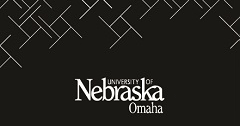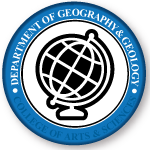Document Type
Article
Publication Date
7-4-2018
Publication Title
International Journal of Geo-Information
Volume
7
Issue
7
First Page
263
Abstract
In an era increasingly shaped by automation and globalization, industries that rely on creativity, innovation, and knowledge-generation are considered key drivers of economic growth in the U.S. and other advanced capitalist economies. This study examines the spatial distribution of creative firms and how they might align with perceptions of creativity in Omaha, Nebraska, a mid-sized U.S. urban area. Utilizing a survey, participant mapping exercise, and geospatial analyses, the primary goal was to identify formal and informal spaces of creative production and consumption, and determine to what extent the location of creative firms (both arts/mediaand science/technology-focused) may shape perceptions of creativity across the urban landscape. The results suggest that local area residents primarily view dense, vibrant, mixed-use, and often historic urban neighborhoods as particularly creative, whether or not there exists a dense concentration of creative firms. Similarly, creative firms were more spatially diffuse than the clusters of “creative locations” identified by residents, and were more frequently found in suburban locations. Furthermore, while there was no discernible difference among “creative” and “non-creative” workers, science/technology firms were more likely than arts/media firms to be found in suburban locations, and less likely to be associated with perceptions of creativity in Omaha.
Recommended Citation
Bereitschaft, B. Mapping Creative Spaces in Omaha, NE: Resident Perceptions versus Creative Firm Locations. ISPRS Int. J. Geo-Inf. 2018, 7, 263.
Files over 3MB may be slow to open. For best results, right-click and select "save as..."
Included in
Funded by the University of Nebraska at Omaha Open Access Fund


Comments
© 2018 by the author. Licensee MDPI, Basel, Switzerland. This article is an open access article distributed under the terms and conditions of the Creative Commons Attribution (CC BY) license (http://creativecommons.org/licenses/by/4.0/).